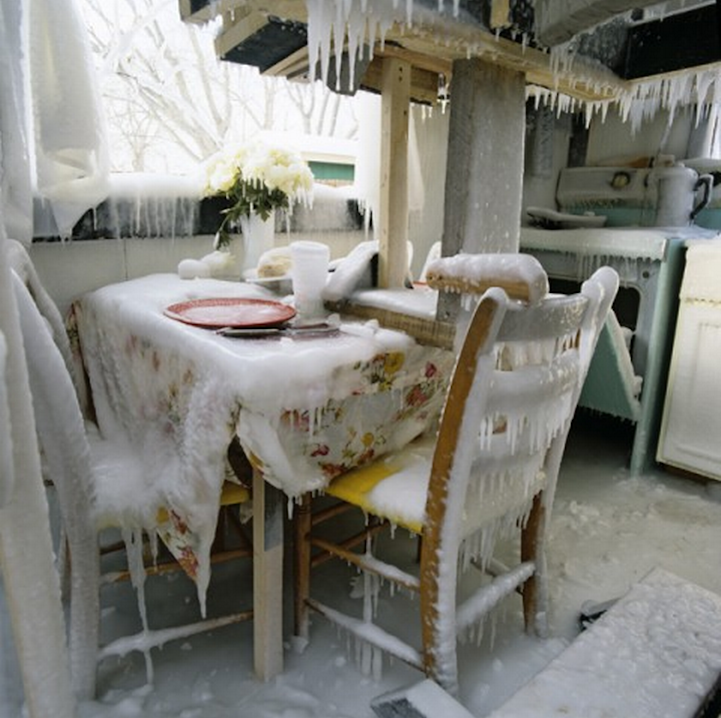The Complete Guide to Winterizing your Home
Now is the perfect time to prepare your home for the colder weather. Winterizing your home with the tips below are simple and easy. The longer you wait the more damage could possibly erupt with old man winter cold air rolls in.
Interior
- Furnace: When it comes to your heating system take the time to do a test run to make sure everything is working properly set to 80 degrees, listen for the furnace to turn on and wait for the warm air to blow. If it isn’t running properly, contact your local qualified service technician.
- Furnace Filters: Dirty filters can restrict airflow and boost energy demand. To extend the life of your furnace and keep costs low change furnace filters monthly.
- Preventing Freezing Pipes: Drain water from swimming pools and water sprinklers. Replace exterior faucets with freeze-proof faucets. Look for pipes that are vulnerable for freezing, pipes located by cracks or openings in walls, floors and ceilings. For pipes at risk for freezing consider installing specific products made to insulate water pipes like a "pipe sleeve" or installing UL-listed "heat tape," "heat cable," or similar materials on exposed water pipes. Keep the faucet on a trickle, cabinets open for warm air to circulate and if there are water supply lines in the garage keep the garage closed.
- Thawing Pipes: Keep the faucet open for water to trickle out as you treat the frozen pipes, apply heat to the section of pipe using a electric heating pad, hair dryer or a space heater. Apply heat until the water pressure is fully restored, if you can not find the frozen section call a licensed plumber. If a pipe bursts or a water leak occurs, turn off your water shut-off valve and call your local service contractor..
- Air Ducts: Debris in air ducts can cause heating bills to rise. Get air ducts professionally cleaned by your local service contrator.
- Water Heater: Consider having your water heater flushed once a year.
- Sump Pump: Test your sump pump to make sure it’s working properly.
- Home Detectors: Replace the batteries and test your smoke and carbon monoxide detectors.
- Put up some Plastic: A cheap alternative to prevent old drafty windows is buying a cheap window insulation kit at your local hardware store. This will help keep your home warm and your energy bills low.
- Fire Place: Clean and prepare your fire place and chimney. Make sure the chimney is clear of any nests from birds, squirrels or other animals. Inspect the fire brick in the fireplace, repair any mortar joint, a fire can spread into the stud wall behind the masonry fire brick.
- Gutters: Clean gutters and downspouts to make sure both are free of leaves and debris, allowing water to flow properly. Clogged gutters are one of the major causes of ice dams. Replace old or damaged gutters with new ones that have built-in leaf guards.
- Roof: Inspect roof for shingles that are curling, missing, or broken.
- Seal up cracks and gaps: Be sure to caulk or weather strip around windows and door frames to prevent heat from escaping. “Caulking and sealing openings is one of the least expensive maintenance jobs,” says Michael Hydeck, President of the National Association of the Remodeling Industry (NARI). “Openings in the structure can cause water to get in and freeze, resulting in cracks and mold buildup,” he says.
- Air Conditioner: Cover air conditioning unit outside to prevent debris from entering the system.
- Outdoor Furniture: Cover and store outdoor furniture.
- Yard Equipment: Clean up yard equipment.
- Water Hose: Blow out and store your hoses to prevent damage. Winterize outdoor faucets and spigots to prevent freezing pipes.
- Check for Peeling Paint: Peeling paint is a sign that existing paint is failing and can no longer protect the siding of the building which will deteriorate if not corrected.
- Yard: Rake leaves, trim trees and bushes.
Thanks, Emily!







